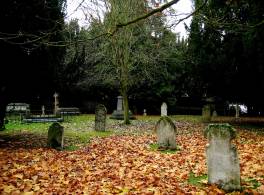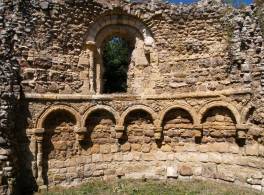You should always look at the impact on archaeology when you want to do repairs or make changes to your building.
We can help you choose the right level of archaeological recording for your project, and sort out what permissions you might need.
Download our guidance
- Guidance on Archaeology in churches (582.69 KB)

Works that impact on archaeology
You might come across archaeology when you’re doing:
- Alterations, repairs or conservation work that will disturb your building’s fabric (e.g. floors)
- Extensions
- Works on monuments, boundary walls and gates
- Removing or changing fixtures and fittings
- Excavating drainage, service or foundation trenches in the church or churchyard
What's the first thing you should do?
Archaeological appraisal
Your diocese’s archaeological adviser or your cathedral’s archaeologist will do an appraisal to judge the likely impact your project might have on your building’s archaeology. This may form part of determining what sort of permissions you need.
The likely impact depends on:
- The area or depth of the work
- The position of the work in the church and churchyard
- The relationship of the work with any standing buildings
- The known history of your area (e.g. previous finds, documentary references, clues in the fabric of the church itself)
Once the appraisal is finished, the adviser or archaeologist will tell you if more archaeological work is needed.
Types of archaeological work
There are several types of archaeological works that you might need to do before or during your project.
Your diocese’s archaeological adviser or your cathedral’s archaeologists will help you find professionals to do the work.
Human remains
It’s very likely that archaeologists will find human remains in your churchyard or your building.
It’s important to try and keep them in their original place because of:
- Pastoral sensitivities
- Ethical sensitivities
- Theological sensitivities
- A desire to preserve information about the past
Find out more about dealing with human remains
Archiving and publication
Your grant or permission might be conditional on you including in your project:
- The right level of archaeological analysis
- Archiving
- Publication (when appropriate)
This can amount to 50% on top of the cost of fieldwork. It’s important to budget for this.

